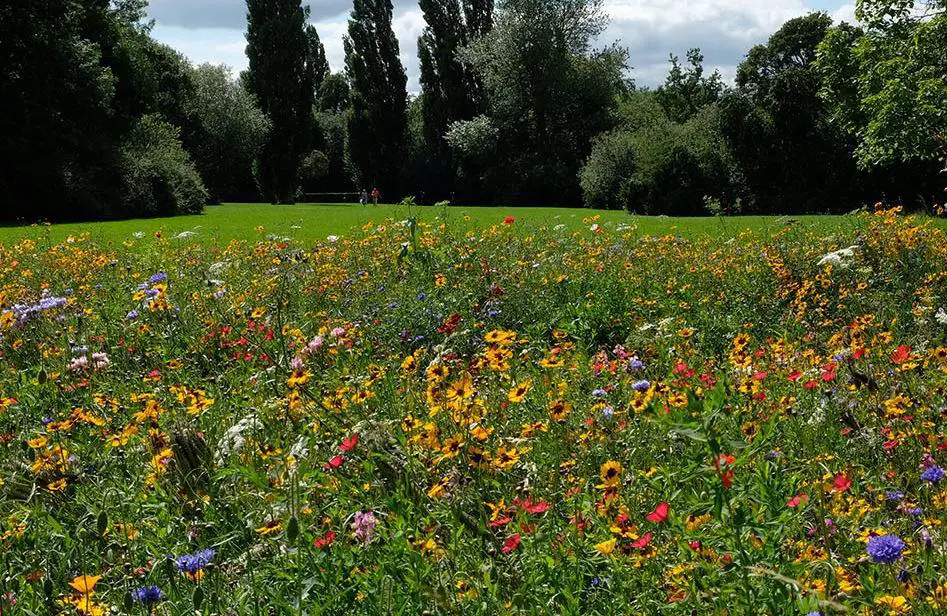For those weary of the work required to maintain a regular lawn or worried about the significant environmental effect of watering, fertilizer, and weed control, a meadow grass alternative is possible. A meadow’s grass demands a lot of labor when first planted, but it requires relatively little maintenance once established. By converting lawns into meadows, you may provide animals a place to live, attract butterflies and local bees, protect native flora, and replenish the soil.

Turning Lawns into Meadows
When it comes to meadow lawn maintenance, careful planning before you plant your meadow garden will save you a lot of headaches. Start with a tiny meadow if you want a grassy space for picnics or kids to play on. Ensure you have an open, bright space since native meadow plants need enough light and air.
Inform your neighbors of your intentions before you start so they can help you determine if meadow grass is permitted under local laws and landscaping rules. Describe the various advantages of establishing a meadow grass. Even though meadow grass turf has several benefits over a typical lawn, most people need to get used to its lack of a lush, well-kept look.
Additionally, it would help if you chose whether you want a permanent or annual wildflower and grass meadow. Annuals quickly bring color and beauty but must be planted again each year. The extensive roots of a perennial meadow take approximately three years to develop completely. Still, once they do, the plants only need water for the first season and seldom need replanting.
Pick only locally adapted plants that can withstand your climate. You may get assistance choosing appropriate plants from a nearby native plant greenhouse or nursery. Avoid buying cheap seed mixtures because they might contain non-native species that can invade your meadow and spread to nearby lawns and fields. Plugs or starting plants work well for a small area, but if you’re planting a huge meadow, seeds could be the best option.
You can get advice on removing existing vegetation and preparing the ground for planting from a specialty garden center or the local Cooperative Extension Service office. Additionally, they may guide you on how to care for and establish your meadow.


